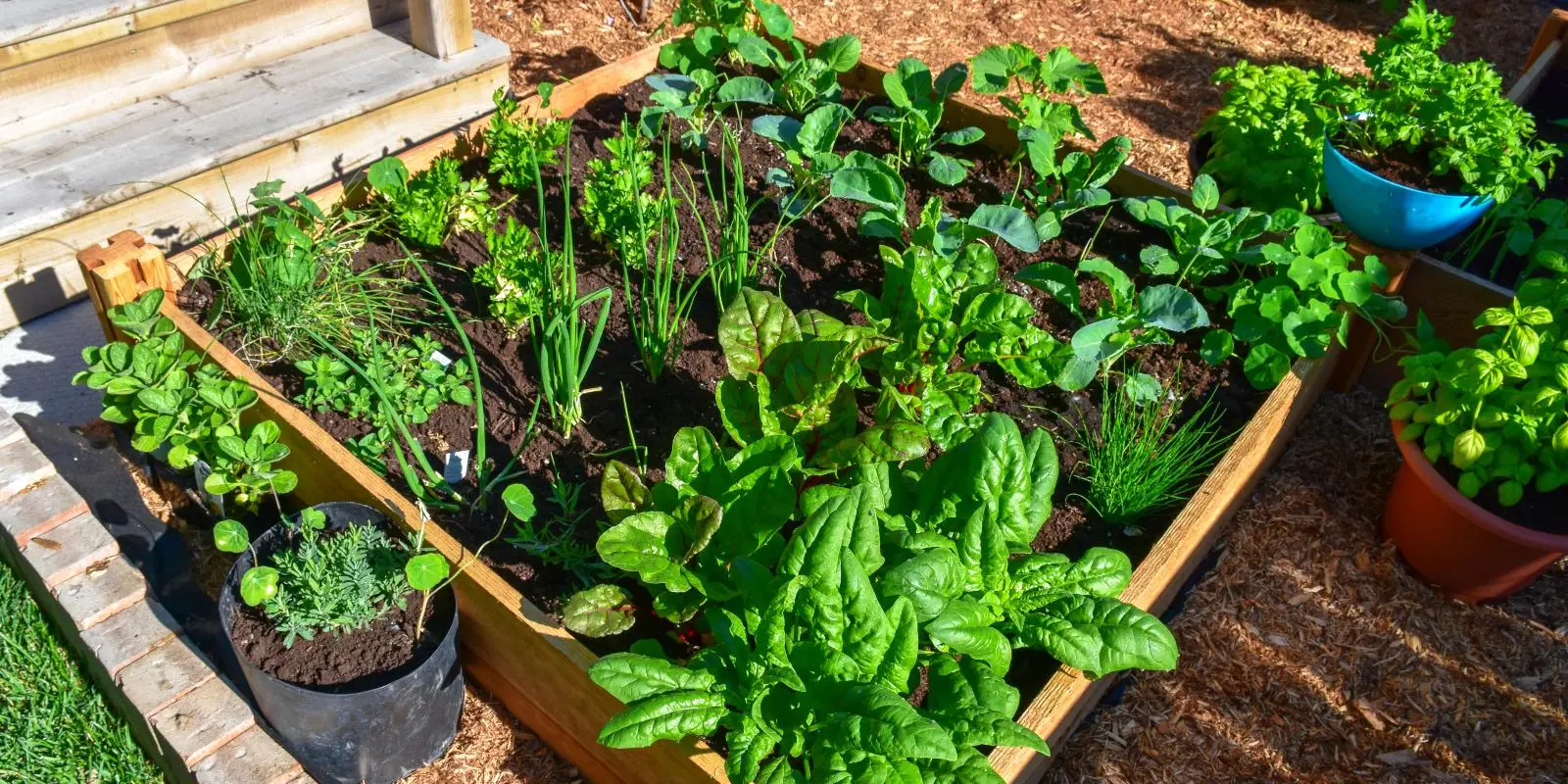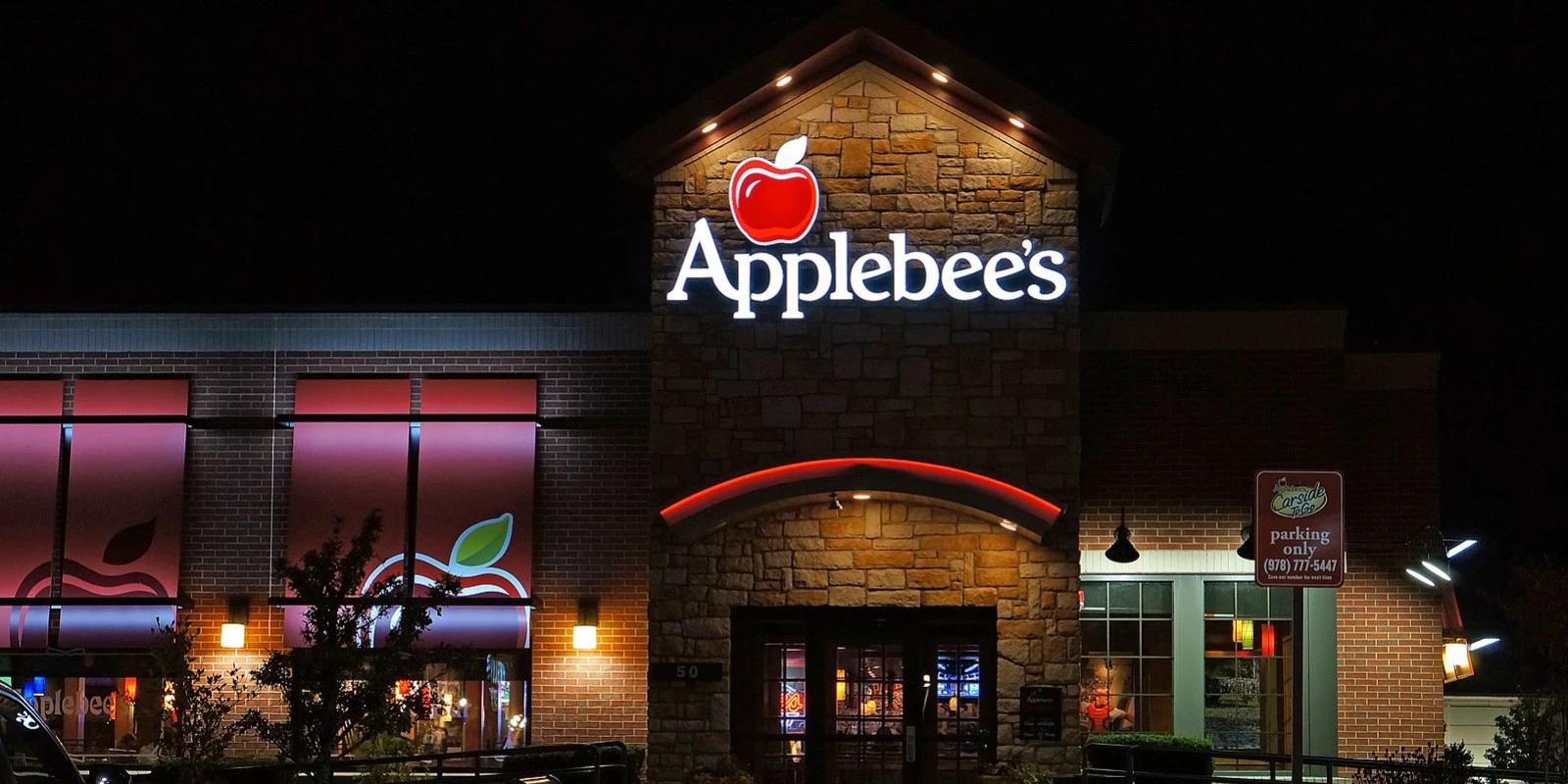THE HIDDEN SIGNIFICANCE BEHIND WWII VICTORY GARDENS
By Shannon Lawlor

Flourishing vegetables and blooming flowers could be seen growing in American yards during WWII. American families were encouraged to grow these plants by magazines and newspapers. These gardens were referred to as “victory gardens.” The gardens were more than just vegetable gardens. They were a movement with hidden symbolism and meaning.
Suggested read:
5 Tips For Your On-Base Window GardenVictory Gardens – What Are they?
Now, what is a victory garden? A victory garden is a home garden that includes vegetables for families to substitute commercial produce with. They were planted by families back home to support the troops fighting in World War II. They helped make a significant difference in food rationing. Victory gardens were promoted by The National Victory Garden Program. The National Victory Garden Program was created in 1941 by the War Food Administration. Companies would reportedly give seeds with a purchase of their products. To encourage company involvement, companies would receive tax breaks in their promotion of the war effort program.How Did Victory Gardens Start?
During WWII, victory gardens were planted to ensure Soldiers had enough food. Food rationing and shipping canned produce overseas became a prevalent effort during World War II. By planting vegetables such as beets, parsnips, and spinach, Americans were able to leave commercial crops for the Soldiers fighting in the war. It was part of the at-home war effort to support troops. These victory gardens were highly encouraged and appeared in magazines that ran stories about how to start and maintain a victory garden. WWII victory gardens made a huge difference. It’s estimated that over 20 million gardens were planted. The vegetables and fruits planted in these gardens were estimated to be between 9-10 million tons. This equated to the commercial production of fresh produce.Symbolism Behind the Victory Garden
Victory gardens in WWII made a difference, but they also have a beautiful symbolism behind them. A victory garden represented patriotism. Americans united together to help troops overseas. They joined a massive movement to help make a difference. It let Americans back home feel involved in helping with the war efforts. The gardens also represented abundance and solidarity. Growing their own food helped families back home feel independent and secure. The common unity developed from the program united Americans at home. This program was special because of the unity it inspired. It brought America together to help fight for a common cause. The victory gardens encouraged Americans to show their support from their very own homes. Whether it be a community garden or a simple window box garden, involvement could be seen everywhere during the 1940s. It showed an inspiring level of participation from Americans all across the country. Victory gardens were a beautiful movement that united at-home war efforts and families. The gardens helped Americans feel involved in the war and created a sense of solidarity back home. Victory gardens didn’t just grow an abundance of flowers, vegetables, and fruit; they developed a sense of patriotism for Americans.Read next:
Veronica Lake Changed Her Hairstyle To Protect Workers During WWIISHARE:
TAGS:
garden
victory garden
victory gardens
JOIN OUR NEWSLETTER
Get the latest news and military discounts



